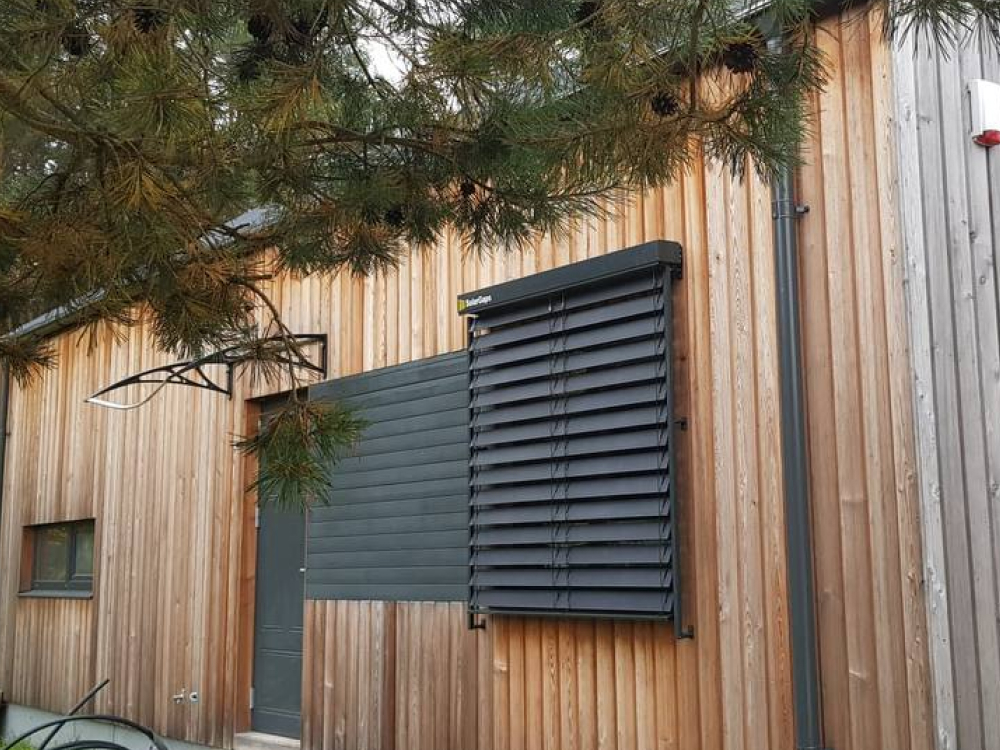Average Savings From Adding Solar Panels

Solar panels are becoming increasingly popular in the United States, and for good reason. Not only do they allow you to reduce your carbon footprint and how much you rely on pollution-heavy fossil fuels, but they can also end up saving you quite a lot of money via the energy savings they provide over time.
In this article, we’ll be discussing the average savings solar customers can expect to see from their panels, how those savings are realized, and how you can maximize the amount of money you save by converting to solar energy.
How Much Can Solar Panels Save You?
On average, in the United States, installing a solar array on your home will yield lifetime savings totaling over $20,000.
These estimated savings assume that you pay for your system in cash, and they can be a bit lower — closer to $15,000 in most cases — if you finance your panels. These numbers also reflect actual savings after your panels pay for themselves, so you can consider this a total return on investment.
It’s also worth noting that your returns will likely be higher. Not only are these conservative estimates, but they’re also based on current average electricity rates in the U.S. Since energy prices have been increasing in recent history and are expected to continue to do so, the likelihood is that the energy savings you enjoy from your solar panels will be higher as electricity becomes more expensive.
How Do Solar Panels Save You Money?
While the average cost of solar panels is high — close to $24,000 in the U.S., on average, before any solar incentives — they almost always pay for themselves. Photovoltaic panels save money by offsetting your electric bills. With an average electric bill of around $120 in America, most residents who are able to eliminate their energy bills with solar will see annual savings of around $1,440.
If you assume you pay the average of $24,000 for your system in cash and take the 30% federal solar tax credit to drop your effective system cost down to around $17,000, those annual savings will offset the system cost in an average of 11.8 years. As such, your panels will typically pay for themselves in around 12 years by providing a reduction on your monthly energy bill.
What is the Return on Investment from going solar?
Photovoltaic panels are quite durable, and the top brands retain their production capabilities for around 20 years, on average. That means that after your panels pay for themselves in utility bill savings, you should have an additional eight years of solar energy production and offset electric bills.
Over those additional eight years, you should still save approximately $1,440 per year. Some simple math confirms that after your panels pay for themselves, you should see an additional return on your investment of approximately $11,520.
Given these numbers, it should be obvious that converting to solar is a wise financial decision. Converting to clean energy becomes even more beneficial when you consider that the energy burden of not going solar will cost you approximately $28,800. This number assumes you pay the average of $120 for electricity per month for the 20 years your panels are producing energy, which, again, is a very conservative estimate.
That means that the total difference between going solar and continuing to rely on fossil fuels is an incredible $40,320!
How Can You Maximize the Savings You See From Your Solar Panels?
There are a few things you can do to maximize the savings that your solar energy system provides.
First, make sure you take advantage of solar tax credits and rebates in your area. Most notable is the federal solar investment tax credit (ITC), which can effectively drop your system costs by 30%. You should also check for state tax credits and local rebates from your utility company and municipality.
Second, make sure to size your system for your home size and energy needs. This will help ensure that your panels can offset your entire energy bill. Reputable solar companies should do this for you automatically, so doing some research on the best solar providers in your area before converting is wise.
Finally, consider making other energy efficiency upgrades to your home. You might be able to take additional rebates and tax credits for these home improvements, and they’ll help you eliminate your electric bill using your solar panels.
Wrapping Up: Why Solar Panels Are Well Worth the Initial Investment
As you can see, converting to solar is a no-brainer for homeowners looking to save money in the long run. Photovoltaic equipment is expensive, but it almost always pays for itself and provides a significant return on investment thereafter.
On average, you can expect your panels to pay for themselves in reduced energy bills within the first 12 years in the U.S. After that, they often provide savings of around $11,520 over their remaining lifespan.
